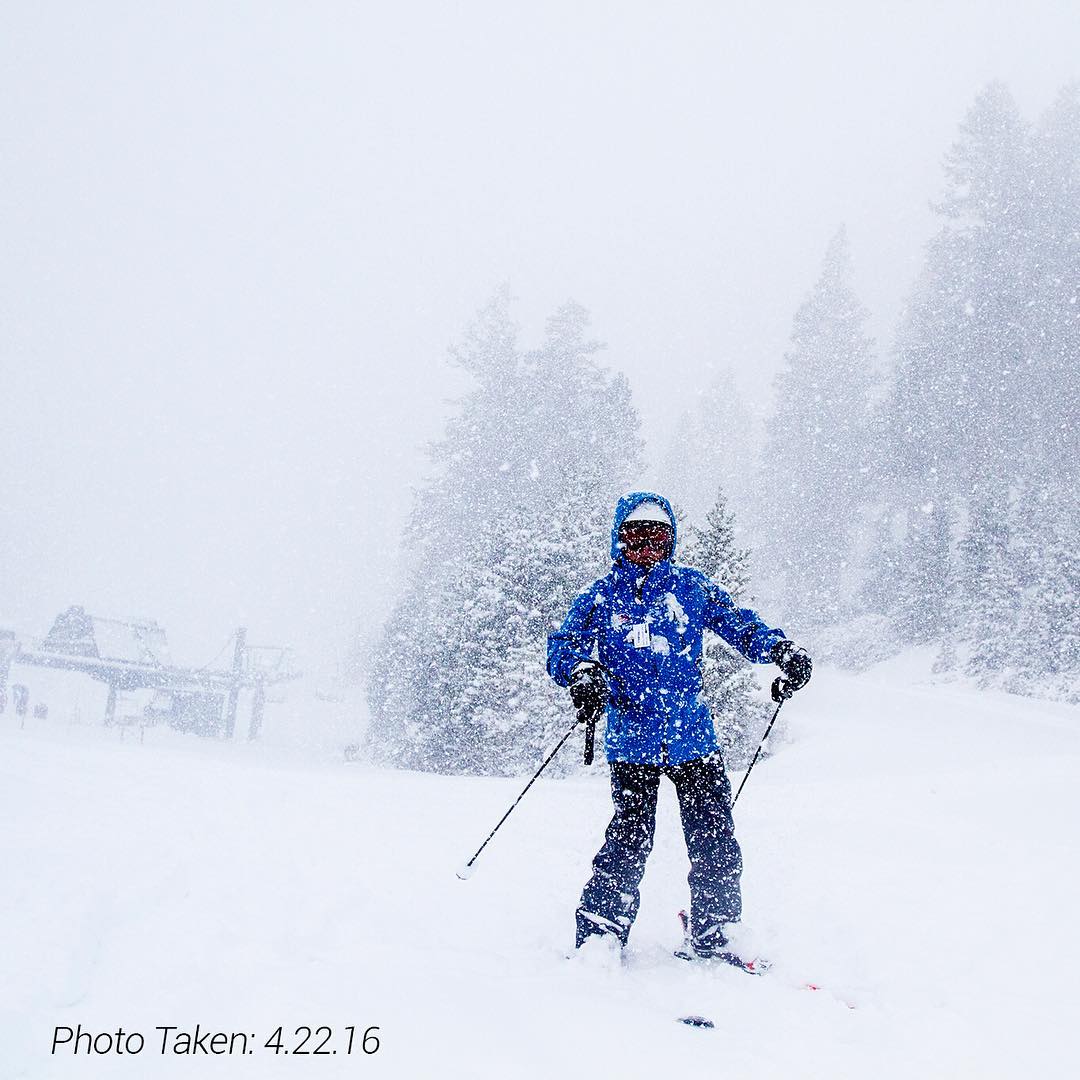Core Strengths
Mt RoseTravel Ease
Overall
Snow Quality
Overall
Rank
62
Rank in
Region
9
Rank in
State
1
Powder
Forecast
Powder Forecast
ZRANKINGS EXCLUSIVE
49
Accounts for resorts' snow quantity, moisture content, latitude, elevation, and slope aspects.
86
Mt. Rose is ranked No. 86 in North America for its total snowfall during an average season.
Daily Lottery
% of days with more than 6" of snow
14.4%Extended Stay
% of months with more than 90" of snow
25.0%Drought Threat
% of months with less than 30" of snow
33.6%Dump Potential Rank
86Mt. Rose is ranked No. 86 in North America for its total snowfall during an average season.
Snow
Quality
Rank
49
Accounts for resorts' snow quantity, moisture content, latitude, elevation, and slope aspects.
Total Snow Score
This score accounts for total snow quantity, its moisture content, the resort's latitude, elevation, and its slope aspects, which affect total snow preservation.
Acreage
1,200 acresTotal Runs
60Longest Run
12,000 ftLifts
8Uphill Max
11,000 ppl/hrTerrain Parks
3Snowboard?
YesHalfpipes
0Drive Time
28 minAirport
Reno












Trail Breakdown
Vertical Drop
1800 ft
Base Elevation: 8260 ft
Slope Aspects
A few words on the Snow at Mt. Rose
Mt. Rose has very good snow frequency of 15.0% of winter days with 6 inches or more and 26% of winter months with 90 inches or more, but also endures 36% of winter months with less than 30 inches. Mt. Rose’s 8,200 foot base is the highest at Tahoe, so rain is rare. Average snow density of 12% is not the blower of the Rockies but easily managed on modern fat rockered skis.
Accumulation and PreservationThe original Rose and Slide terrain is fully open for the holidays in about ¾ of seasons. However, it takes a very snowy start to get the precipitous Chutes open by Christmas. Sierra droughts can be extreme, so even the snowiest areas are less than ¼ open at Christmas in the worst 15% of seasons. Due to its elevation range of 8,200 – 9,700 feet and over half north exposure, Mt. Rose rivals Kirkwood for the best snow preservation at Tahoe. Mt. Rose is usually best skied in February and March.


